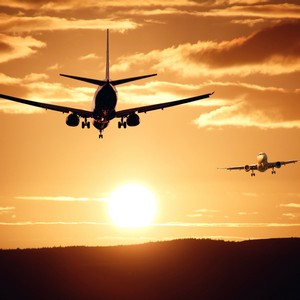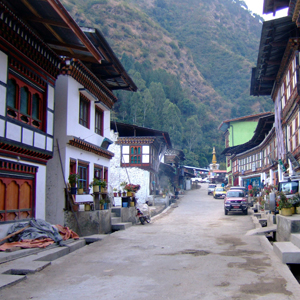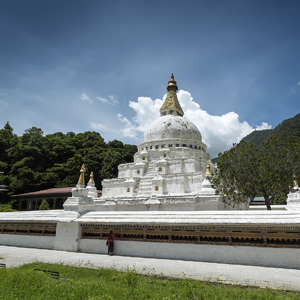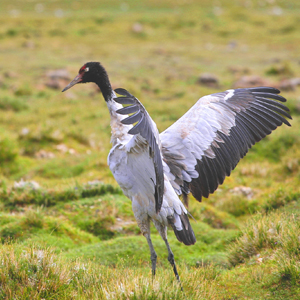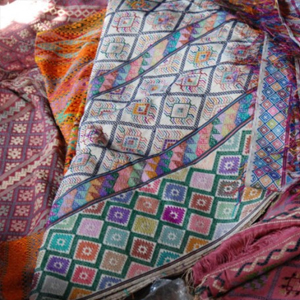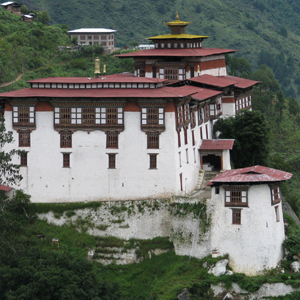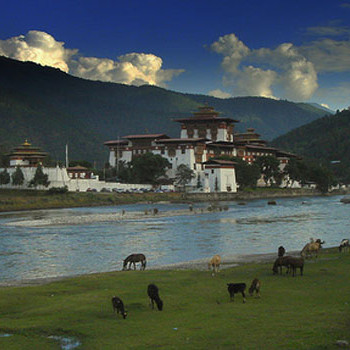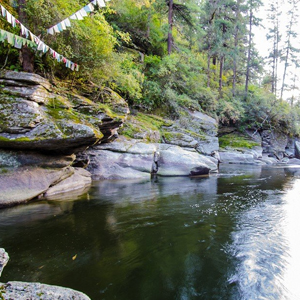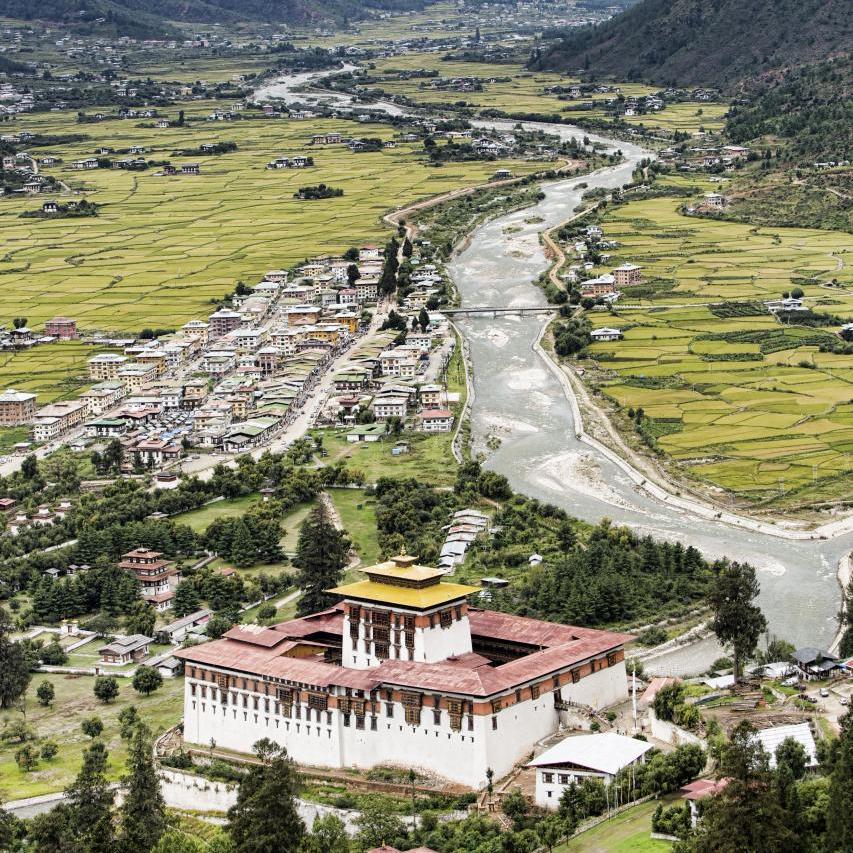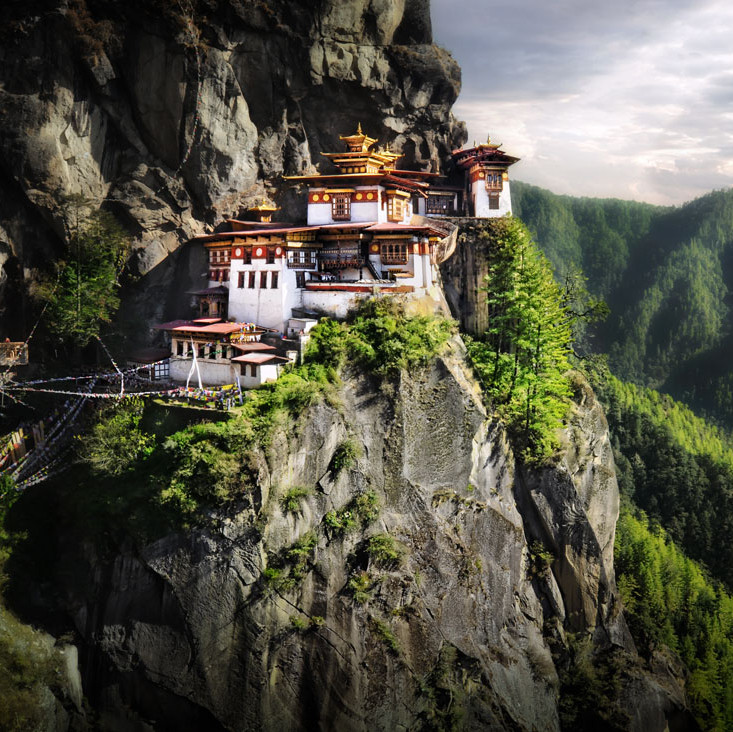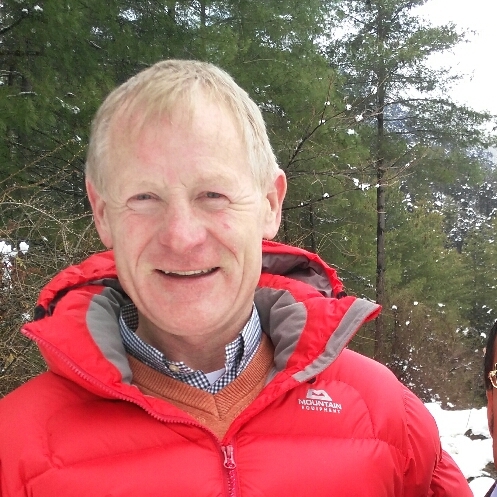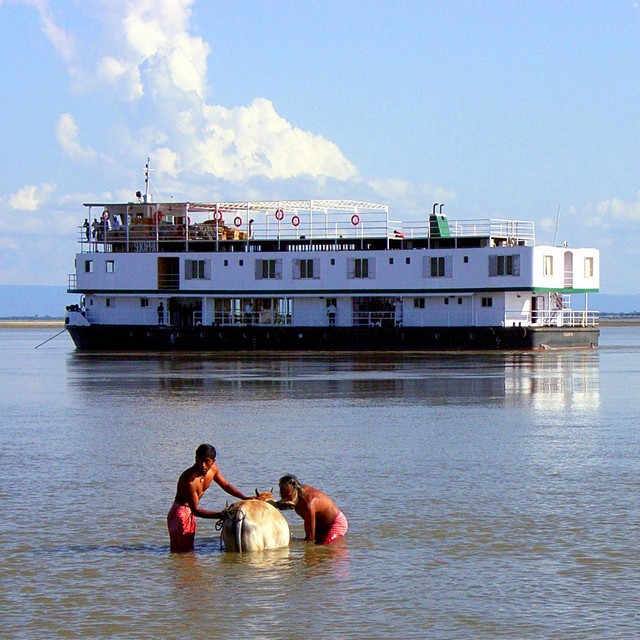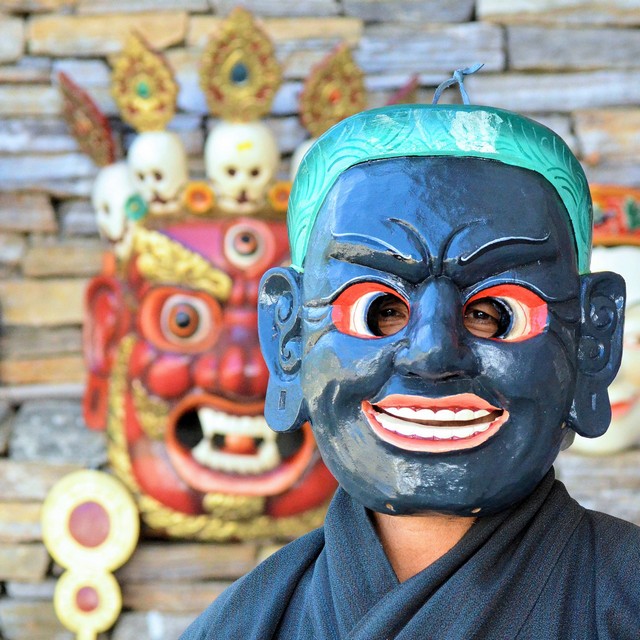Enjoy a full day of walking through the stunning valleys of Bumthang. Walk through villages and small farm holdings visiting various monasteries along the way. Sights include Jakar Dzong, Thamshing monastery (home of beautiful murals), Kurje Lhakhang, Jambay Lhakhang and Mebar Tsho (Burning Lake). Return to lodge. Evening free. Overnight in Bumthang.
Meal plan: Breakfast, lunch & dinner
The Jakar Dzong was originally built in 1549 by Yongzin Ngagi Wangchuk, who came to spread the teachings of the Drukpa Kagyupa order in Bhutan. He saw a white bird perched on the construction site and considered it a good omen, naming the dzong to mean 'White Bird Fortress'.
The Jambay Lhakhang monastery is one of the oldest in Bhutan. It was built in the 7th century on the orders of Tibetan King Songtsen Gampo. A small paved courtyard in front of the main temple every year hosts the Jambay Lhakhang festival that is very popular with tourists.
The Mebar Tsho (Burning Lake) is a very sacred site, named after an instance in the life of famous treasure-hunter, Pema Lingpa. In 1745, he became convinced that there was a centuries-old treasure hidden in the lake, but his contemporaries didn't believe him. To silence them, Lingpa jumped deep into the lake with a burning lamp, saying that if he was lying, the flame would burn out. However, if he was telling the truth, his lamp would continue burning and he would find the hidden treasures. As it turned out, the flame on his lamp did not burn out and he did find his treasure. From then on, the lake has been known as the Burning Lake and devout Bhutanese often come to this site to make a wish and set down a small floating lantern. Near the entrance to the lake area, there is a stone carving depicting Pema Linga and his two sons.
